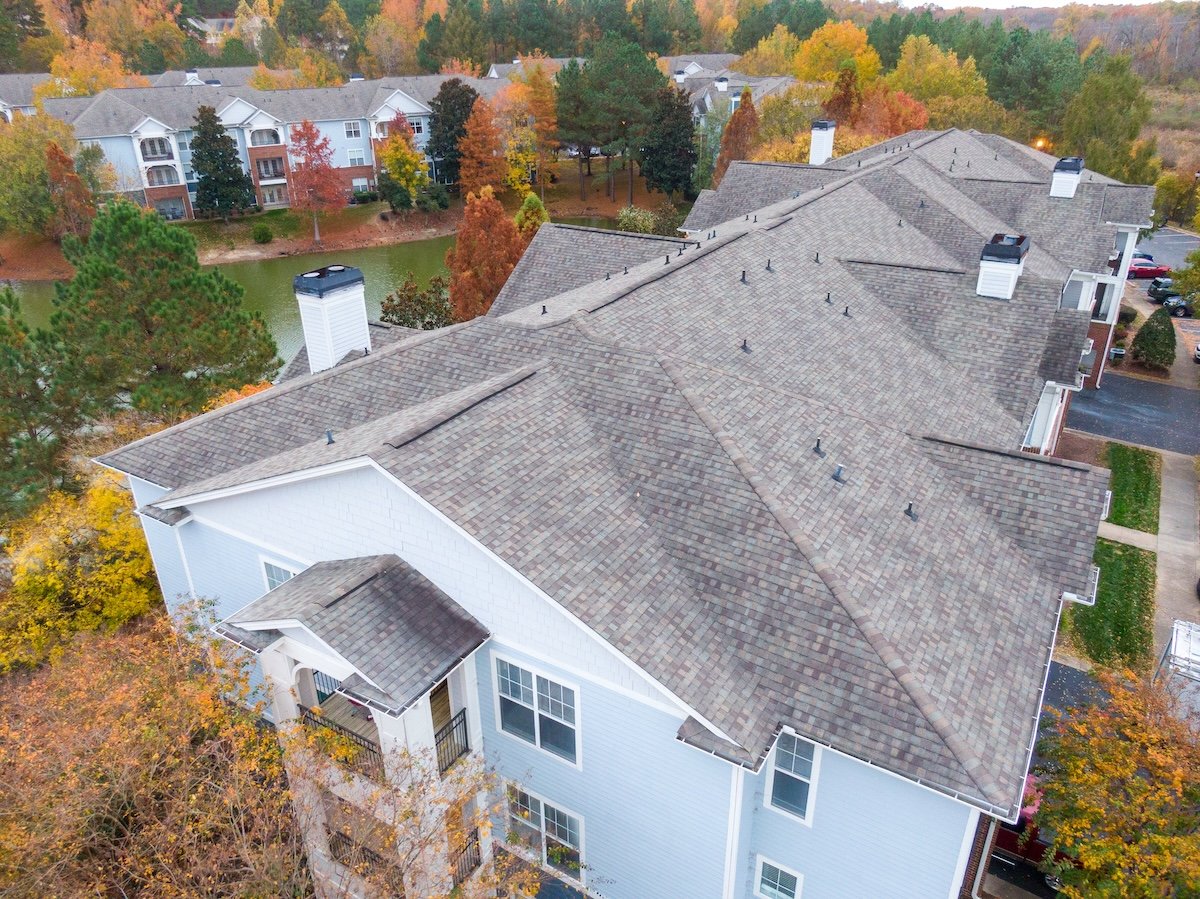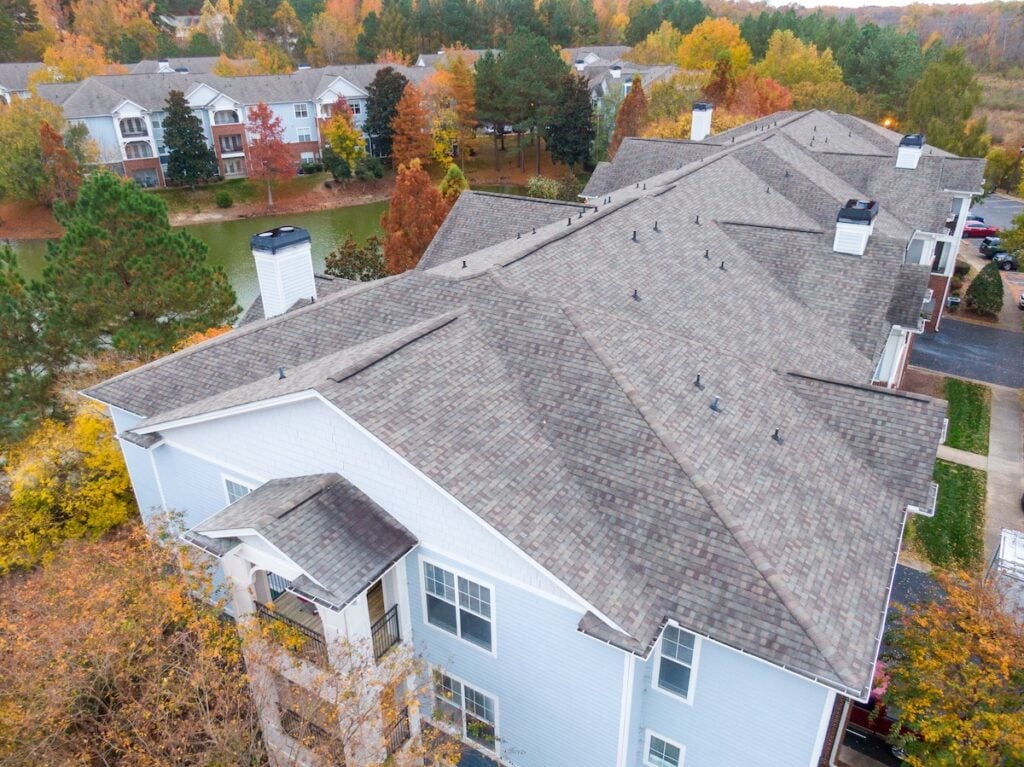When homeowners begin exploring different roof types, it quickly becomes clear that there are many options to choose from. Each style and material comes with its own strengths, appearance, and maintenance needs. Understanding these options can help you make the best decision for your home, budget, and long-term protection.
- Home design compatibility: Certain roof types complement specific architectural styles better than others.
- Durability: Different materials offer varying lifespans, from asphalt shingles to metal or slate.
- Cost considerations: Installation and maintenance costs vary depending on roof design and materials.
🏠 Why Roof Types Matter For Homeowners
Your roof does more than just keep out the rain. It protects your structure, impacts your energy efficiency, and defines the look of your home. Choosing the right roof type is about balancing function with style. In areas like Bellevue and surrounding communities, where homeowners face diverse weather conditions, making the right choice ensures comfort and long-term peace of mind.
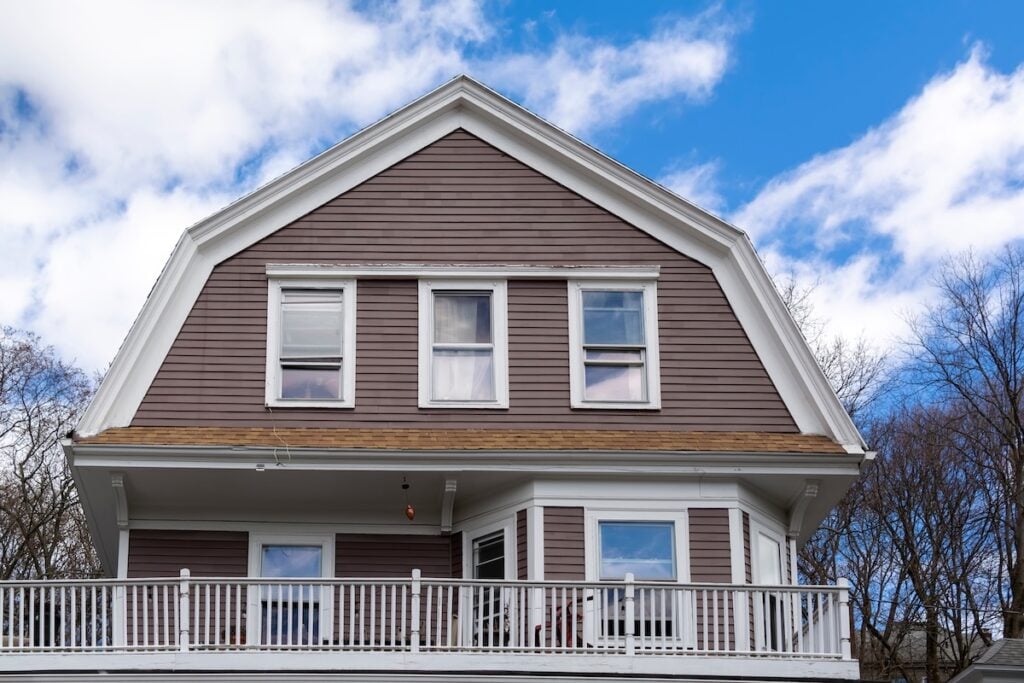
📋 Factors That Influence Roof Selection
Before diving into specific roof types, it helps to know what factors should guide your decision.
- Climate: Heavy snow, high winds, or frequent storms may require more durable materials or steeper slopes.
- Budget: Asphalt shingles are affordable, while slate or metal roofing can cost more but last longer.
- Maintenance needs: Some roofs require more upkeep than others, which impacts long-term costs.
- Aesthetics: The roof should complement your home’s style, whether modern, traditional, or rustic.
⭐️ 8 Common Roof Types For Homes
Each of the following roof types has unique benefits and potential drawbacks. Here’s a closer look at the most common options for residential homes.
- Gable roof: A gable roof is one of the most popular styles, recognized by its triangular shape. It’s simple to build, sheds water efficiently, and works well with asphalt shingles or metal roofing.
- Hip roof: Hip roofs slope on all four sides, offering extra stability in high-wind areas. Their design is more complex, often paired with materials like shingles, tiles, or metal.
- Flat roof: Though more common on commercial buildings, flat roofs are sometimes used in modern residential design. They require specialized low-slope materials like modified bitumen or single-ply membranes.
- Mansard roof: Also called a French roof, the mansard design features two slopes on each side, creating extra attic or living space. Slate and metal are common materials for this style.
- Gambrel roof: Similar to a barn roof, the gambrel has two slopes, with the lower slope steeper than the upper. It provides maximum interior space and works well with metal or asphalt shingles.
- Shed roof: Shed roofs feature a single slope, often used in modern or minimalist home designs. They are simple to build and pair nicely with metal roofing.
- Butterfly roof: Known for its distinctive V-shape, butterfly roofs create a dramatic look while allowing rainwater collection. Metal panels are the most common material for this style.
- Combination roof: Many homes use a mix of roof types for added style and function. For example, a gable roof may be combined with a hip or shed section to fit unique home designs.
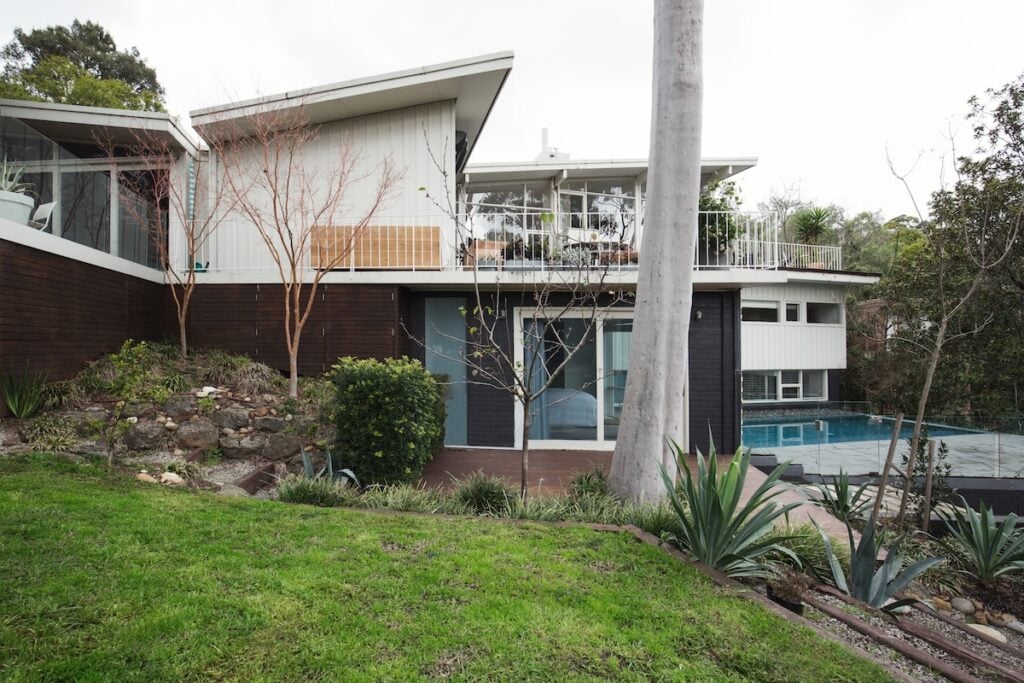
🪵 Popular Roofing Materials To Pair With Roof Types
The roof style is just one part of the equation. Choosing the right material ensures longevity and performance.
- Asphalt shingles: Affordable, widely available, and easy to install. Typically last 20–30 years.
- Metal roofing: Durable, fire-resistant, and available in panels or shingles. Can last 40–70 years.
- Slate roofing: Elegant and long-lasting, with lifespans of up to 100 years. Very heavy and expensive.
- Clay or concrete tiles: Great for hot climates, with excellent durability. Require reinforced roof framing due to weight.
- Wood shingles or shakes: Natural and attractive, but require more maintenance and are less fire-resistant.
📋 Pros And Cons Of Different Roof Types
Every roof type comes with advantages and challenges.
- Gable roofs: Affordable and simple, but may suffer in high-wind conditions.
- Hip roofs: Stable and strong, though more expensive to construct.
- Flat roofs: Modern and useful for rooftop decks, but prone to drainage issues.
- Mansard roofs: Stylish and versatile, but complex and costly to build.
- Gambrel roofs: Provide great interior space, but less durable in snowy climates.
- Shed roofs: Budget-friendly and modern, though limited in style options.
- Butterfly roofs: Eye-catching and eco-friendly, but require skilled installation.
- Combination roofs: Highly customizable, but can be expensive due to complex designs.
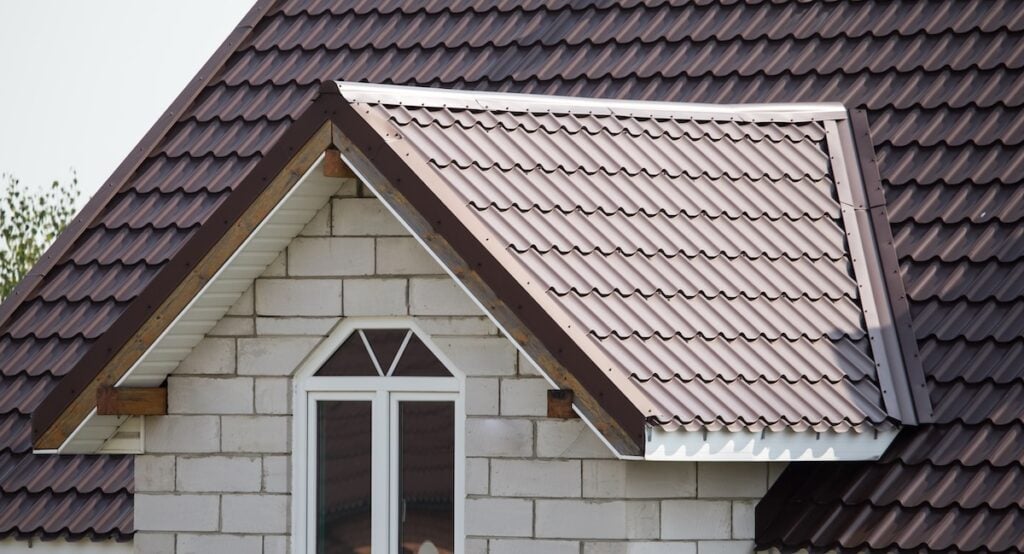
✅ How To Choose The Best Roof Type For Your Home
With so many roof types available, it’s important to consider both practical and personal factors.
- Match your home’s style: A gambrel or mansard roof may suit traditional homes, while a shed or butterfly roof complements modern designs.
- Consider lifespan: If you plan to stay in your home long-term, investing in durable materials like metal or slate can pay off.
- Think about maintenance: Some roof types are easier to maintain than others, which matters for busy homeowners.
- Factor in cost: Balance upfront installation expenses with long-term savings from durability and energy efficiency.
👉 Find The Right Roof Type For Your Home
Exploring different roof types helps you understand how style, construction, and materials come together to protect and enhance your home. Whether you prefer the classic gable, the sturdy hip, or the sleek shed style, the right choice depends on your needs, climate, and budget.
At J-Tech Construction & Solar, we specialize in helping homeowners in Bellevue and surrounding areas choose the perfect roofing solution. Contact us today to schedule your free estimate and find the roof type that fits your home best.

